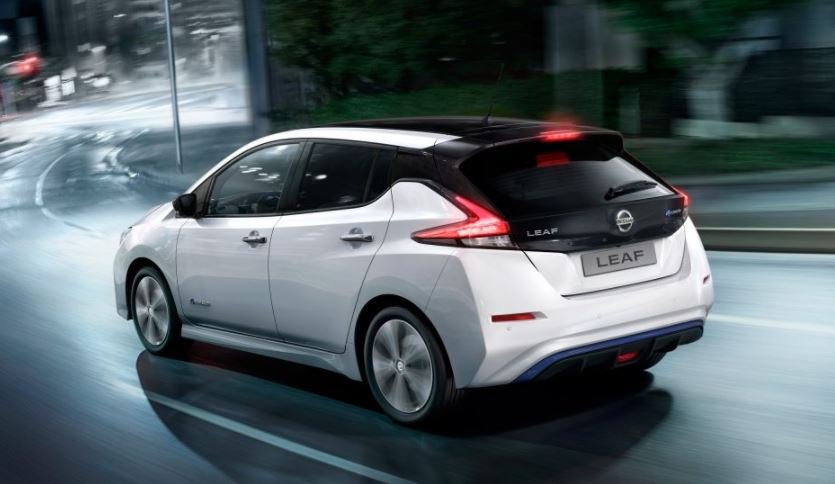(REPOST: Huffington Post)
When the new Nissan LEAF first hit the roads back in 2010, it took electric vehicles from a niche interest into a mainstream reality, going on to become the world’s best-selling EV.
Owners have found it to be a great all-rounder. Its green credentials may have been why people bought the car initially, but it’s clear from surveys that what surprised so many was the performance, especially the rapid acceleration and fantastic handling, which went to make it such a fun car to drive.
Its latest incarnation, due to launch in Europe in January 2018, is set to revolutionise our automotive landscape once again. Where the original LEAF radically altered our assumptions about the kind of car we drive, this new version will transform the way in which we drive.
Why? Because when you’re driving you’ll no longer be moving your right foot from accelerator to brake and back again. Instead, thanks to the e-Pedal, your foot will stay planted in exactly the same spot to execute both actions.
How does the e-Pedal work?
Francesco Giacalone, Nissan Europe’s electric vehicle product Marketing director, knows this radical new technology intimately, and he explains how it works.
“It’s extremely simple really,” he says. “With a normal car, to slow down you need to move from accelerator to brake, then back to the accelerator to speed up again. With the e-Pedal you push down on the pedal to accelerate and ease off to brake. You can even bring the car to a complete stop by removing your foot sharply.”
The new Nissan LEAF does still come with a brake pedal, of course, although this is only used when the driver wants to brake more aggressively or come to an emergency stop. The e-Pedal is activated by a switch on the central dashboard, and the chances are you’ll keep it in this mode for most of your driving.
What are the advantages of the e-Pedal?
“One of the biggest advantages of the new e-Pedal is it improves the efficiency of the LEAF’s regenerative technology,” says Francesco. “With a fully electric powertrain you can exploit both brake and regenerative energy in the smoothest possible way.”
Regenerative technology is where, under braking or deceleration, energy created by the car’s movement is ‘recycled’ and sent back to recharge the battery. Regenerative braking has been around for a long time, and in the previous LEAF the B Mode further enhanced the car’s regenerative capacities.
“The e-Pedal is an evolution of the B Mode,” says Francesco. “When you lift your foot off the accelerator, the car is already in braking mode, so it automatically maximises the regeneration through braking. Previously, you would be switching back and forth between accelerator and brake pedal and would lose some regenerative capacity that way. Now you exploit 100 percent of it.”